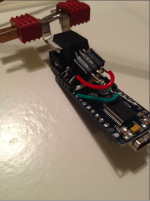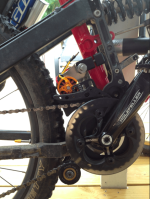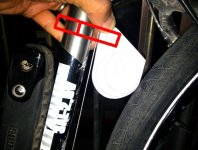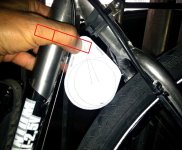adrian_sm
1 MW
Sorry for the slow reply. I am currently in holiday in Croatia.
Got the Soft On Off working nicely, but had a few packaging issues making it all fit in the enclosure I would like to use for the controller. So I have to make a trade off somewhere, or change enclosures to a bigger or custom one which I don't want to do yet.
I am also considering a customised off the shelf sinewave FOC controller that i recently became aware of that is looking very appealing. But holidays, and time zone differences have stopped me organizing the evaluation unit.
Damn life getting in the way of things.
Got the Soft On Off working nicely, but had a few packaging issues making it all fit in the enclosure I would like to use for the controller. So I have to make a trade off somewhere, or change enclosures to a bigger or custom one which I don't want to do yet.
I am also considering a customised off the shelf sinewave FOC controller that i recently became aware of that is looking very appealing. But holidays, and time zone differences have stopped me organizing the evaluation unit.
Damn life getting in the way of things.






